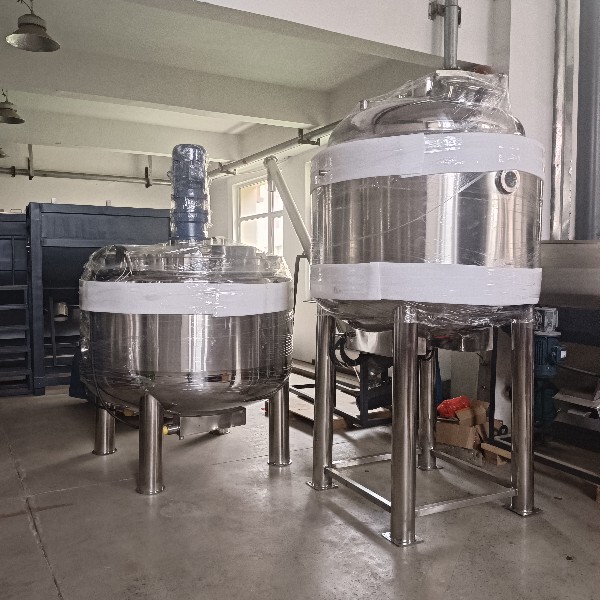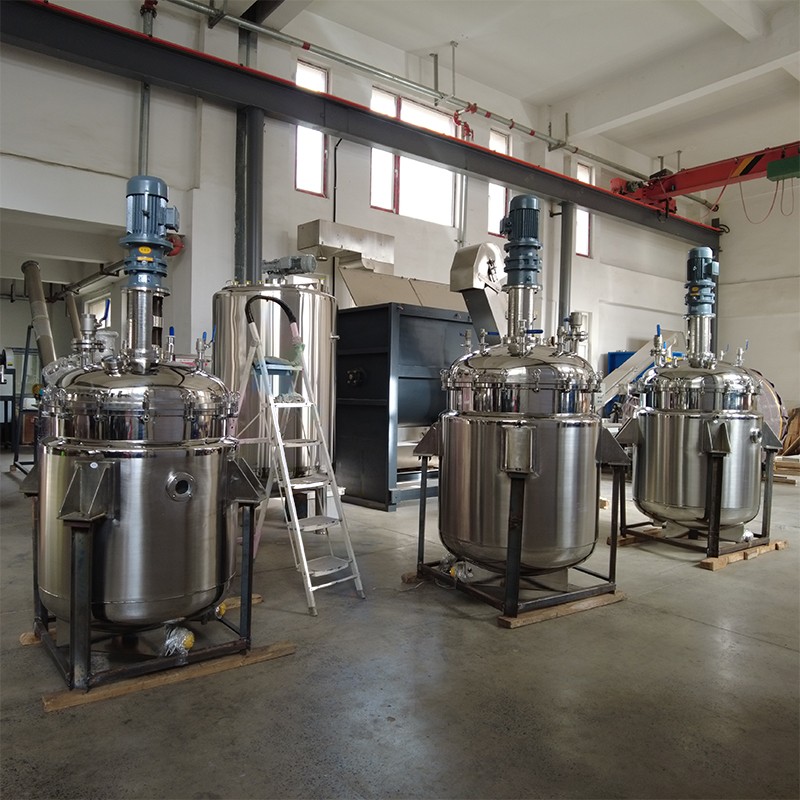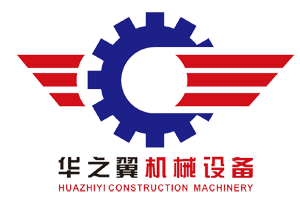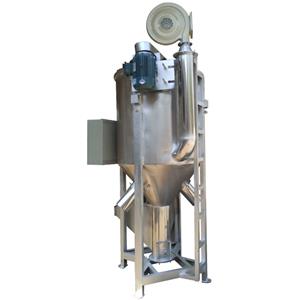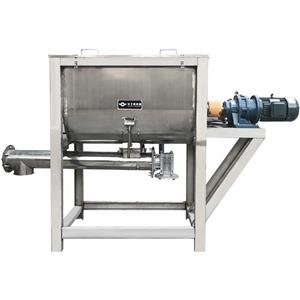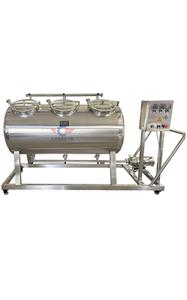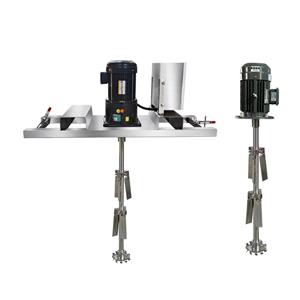Today, let's talk about the characteristics of vacuum reactors
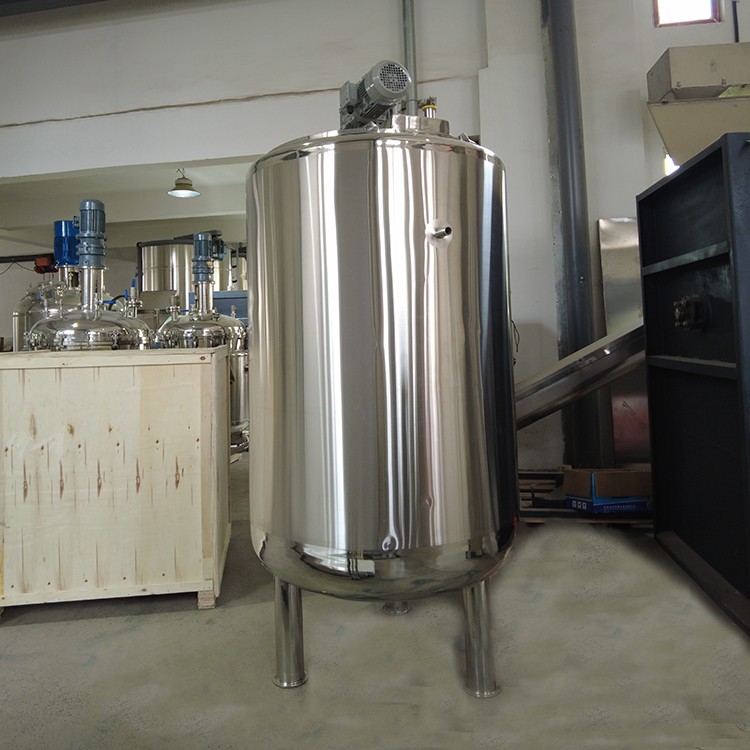 Reaction vessels, also known as mixing tanks, dispersion tanks, and mixing tanks, are widely used according to different process requirements It is widely used in dairy products, fruit juice jam, detergent, detergent, shampoo, hair lotion, cosmetics lotion, pigment, paint, lubricating oil, paint, liquid fertilizer, etc.
Reaction vessels, also known as mixing tanks, dispersion tanks, and mixing tanks, are widely used according to different process requirements It is widely used in dairy products, fruit juice jam, detergent, detergent, shampoo, hair lotion, cosmetics lotion, pigment, paint, lubricating oil, paint, liquid fertilizer, etc.

Requirements for the use of the reactor sealing device:
1. Packing sealing is usually used under normal or low pressure conditions, with a pressure of less than 2 kilograms.
2. In general, mechanical seals are used for medium pressure or vacuum situations, with a pressure of negative pressure or 4 kilograms.
3. Magnetic sealing will be used under high pressure or high volatility of the medium, generally with a pressure greater than 14 kilograms. Except for magnetic seals that use water cooling, other sealing forms will increase the cooling water jacket when the temperature is above 12 degrees.
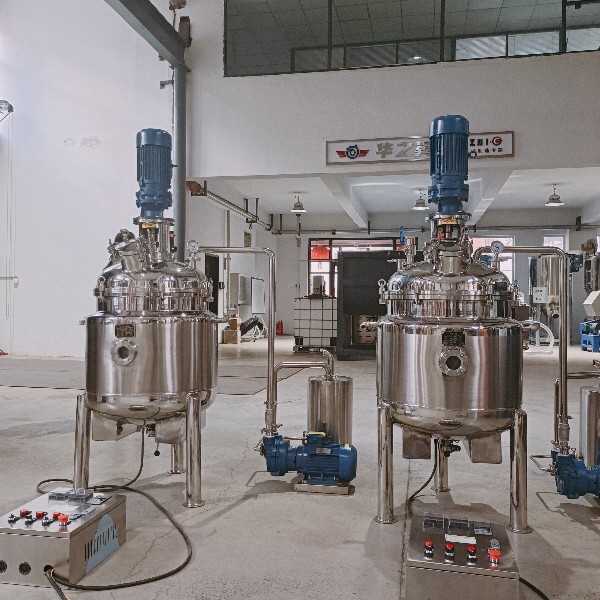
The reaction kettle is composed of a stainless steel tank body, a stainless steel upper cover, a stirrer, a support, a transmission device, a shaft sealing device, etc. The stirring tank body and the cover can be connected by welding or by flange sealing; We can provide process pipe holes for feeding, discharging, sight glass, temperature measurement, liquid level measurement, pressure measurement, steam distillation, safety venting, etc. according to customer requirements. The cycloidal pin reducer is driven by an electric motor, and then the agitator inside the mixing tank is driven by a transmission shaft to thoroughly mix the materials; Various forms such as atmospheric pressure flat cover, mechanical seal, and labyrinth seal can be processed according to requirements. Due to different production processes of users, agitator forms include frame type, anchor type, blade type, spiral type, high-speed dispersing disc, high shear emulsification type, etc,
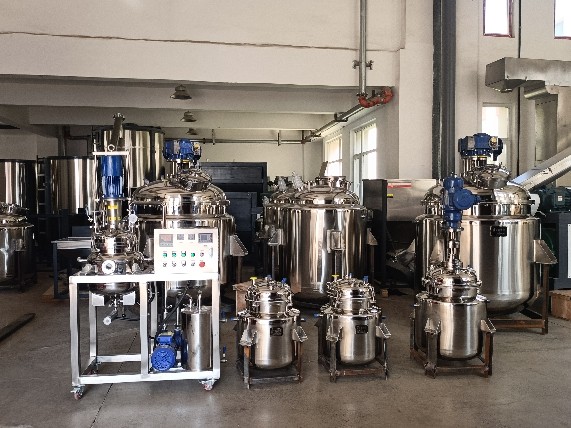
Structure and advantages of stainless steel reaction kettle:
1. The reaction kettle consists of a pot body, pot cover, stirrer, jacket, support and transmission device, shaft seal device, etc. The opening can be customized according to the user's process requirements.
2. Heating methods include electric heating, oil heating, steam heating, water heating (or cooling), open flame heating, etc.
3. The jacket forms are divided into jacket type and outer half tube type, and the jacket oil heating type is equipped with a flow guide device.
4. The mixing forms generally include paddle type, anchor type, frame type, screw type, scraping wall type, etc.
5. The high-speed category includes dispersed impeller, turbine, high shear, and thruster types, for customers to choose according to the process.
6. The transmission forms include ordinary motors, explosion-proof motors, electromagnetic speed regulating motors, frequency converters, etc. The heat exchangers include cycloidal pinwheel, worm wheel, and planetary continuously variable transmission.
7. The materials include SUS3O4 stainless steel, SUS316L stainless steel, and carbon steel. The discharge methods include manual ball valves, pneumatic valves, solenoid valves, and downward expansion valves.
